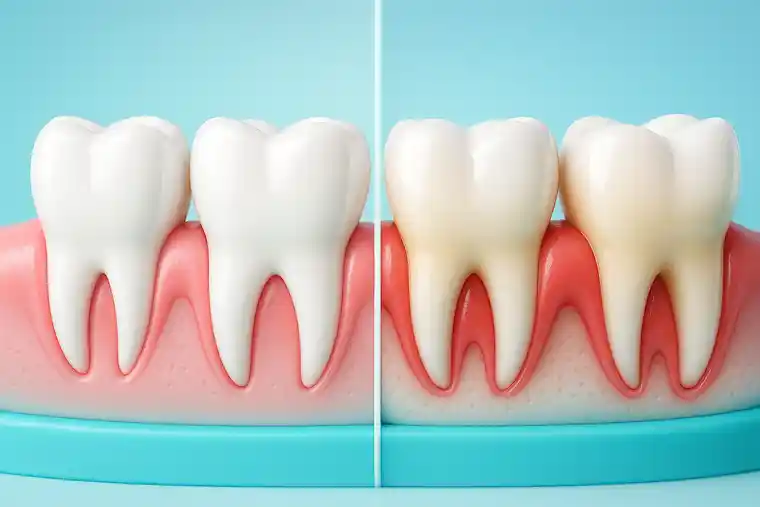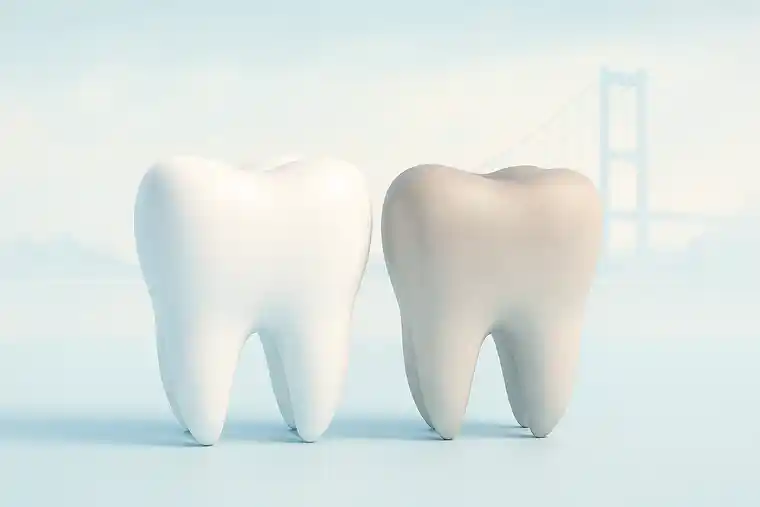Bone Deficiency Treatment before Dental Implants in Istanbul, Turkey
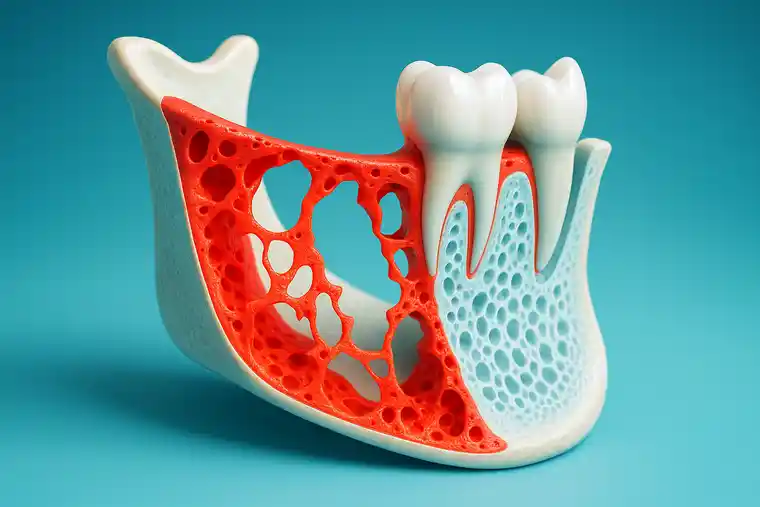
Written by Dr. Bürkan Berkay Baş (DentSpa)
Managing Bone Deficiency Before Implant Placement
It’s something we have seen happen countless times.
A patient walks into the clinic with a missing tooth and excitement about getting an implant, only to find out there is not enough bone to hold it. Their smile fades instantly.
Bone problems before implants are not the end of the road. They are just a hurdle, and hurdles are made to be scaled.
Think of bone as the foundation of a house. Without a strong base, the walls cannot stand. Implants work the same way. They need a solid, healthy bone to stay secure. If the bone is thin, weak, or has shrunk away over time, we first need to fix that.
That is what this article is all about. It’ll walk you through why bone matters, what causes it to weaken, how dentists figure it out, and the solutions available.
Table of Contents
Why Bone Deficiency Matters for Dental Implants
Dental implants are like anchors. For your new teeth to stay in place, they must be inserted into the bone. The implant cannot lock in correctly if the bone is too thin or too soft. Imagine trying to screw a nail into wet sand. It just will not hold.
Bone also protects the implant. Without enough bone, the implant might get exposed or become loose. Worse still, it could fail altogether.
Dr. Serdar Yilmaz, Oral and Maxillofacial Surgeon at DentSpa, says:
“That is why we always check the bone first. It is the quiet hero of every successful implant. Without it, even the most advanced implant will not survive.”
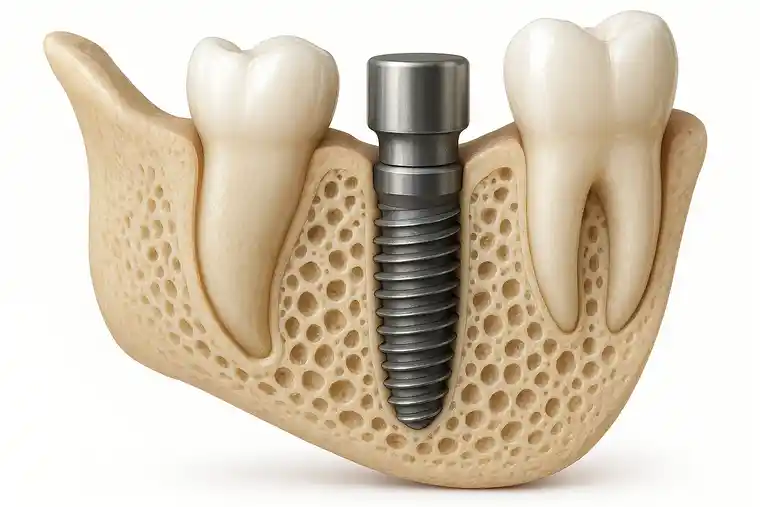
What Causes Bone Deficiency Before Dental Implants?
Bone deficiency is caused by a variety of factors, usually without warning:
Tooth Loss and bone resorption
The number one reason is quite simple. The moment a tooth is lost, the underlying bone begins to shrink. The relationship between your teeth and your bone is similar to that of a bodybuilder and the gym. When they work out, they become strong and keep fit. When they stop, their muscles no longer get that workout, and over time, they shrink and become weaker.
Your teeth and bones are just like that. When you lose a tooth, the bone underneath becomes weaker because of the lack of exercise from chewing and talking.
Gum Disease and infection
Gum disease is also another big culprit. This is usually caused by poor oral hygiene. The moment the gums become sick and infection creeps in, it tends to go deeper. The result is that the infection begins to destroy the underlying supportive bone of the teeth.
Over a period of time, the damage done makes the bone a lot weaker than needed to support a dental implant.
Injury and Trauma
Bone loss due to injury is also quite common. For example, a direct blow to the face or jaw may fracture the underlying bone. If not taken care of, it leaves behind gaps or weakened areas that may not quite support a dental implant.
Other Causes
Sometimes, medical conditions such as osteoporosis can lead to bone loss. Old age is also another factor that causes bone loss. This is due to the fact that the body is, at times, unable to balance bone loss with bone formation.
It does not matter the reason; the end result is the fact that the bone has become too weak or thin to support a dental implant. But this is not a big deal, as it can be corrected.
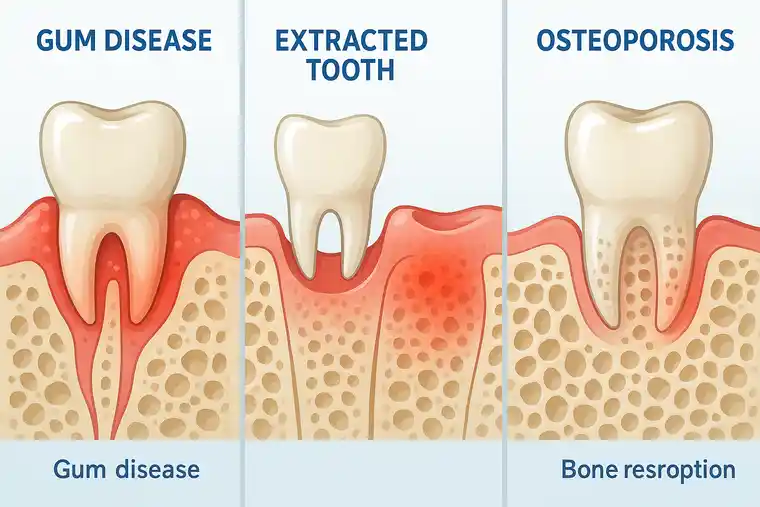
How Dentists Diagnose Bone Deficiency
“Before any implant is placed, we always check the bone. This is not guesswork. We use special tools and technology to see exactly what is happening under the surface.”
1. X-rays and 3D scans for implant planning
Regular X-ray scans just show 2D images of your bones. They let the dentist see what your bone looks like. 3D scans, on the other hand, are used to detail the bone’s thickness, height, and strength.
2. Clinical and periodontal examination
Apart from checking your bones, dentists also examine your gums and surrounding teeth. That way, they know if your gums are healthy or not. With a clinical examination, they can also ascertain how much bone is left under your teeth. This is done through a process called periodontal probing. It involves measuring the space between your gums and your teeth.
The purpose of these two tests (X-ray & 3D scans, and clinical examination) is to determine whether the bone is strong enough. If it’s not, they find a fix before placing the implant.
Solutions to Manage Bone Deficiency for Dental Implants
This is where dentistry becomes creative. If the bone is not ready or has a defect, the dentists find a fix and prepare it for the implant. They do this through any of the following:
1. Bone grafting options (autograft, xenograft, allograft)
This is one of the most common treatments. The dentist gently adds bone material to the weak area. Over time, the bone material fuses with your bone and adapts to your body. When this happens, your body regenerates and grows the lost bone.
Bone grafting has three types:
• Autograft: This involves using bone tissue from your body
• Xenograft: here, the bone tissue is obtained from an animal
• Allograft: Here, bone tissue is obtained from a donor (someone else).
2. Sinus Lift for upper jaw implants
For upper teeth, especially around the back, the sinus can sometimes be too close. In that case, dentists do a sinus lift. This is a careful way of raising the sinus floor and adding bone underneath. It gives the implant enough space, room, and support.
3. Ridge Augmentation for thin jawbone
With ridge augmentation, the bone can be rebuilt sufficiently wide enough to be able to securely hold an implant. This is used if the jawbone has been severely compromised in thickness, i.e., it has become too thin.
Each of these solutions is unique to each patient. This is why you should always consult an expert dentist so they can recommend which one you need.
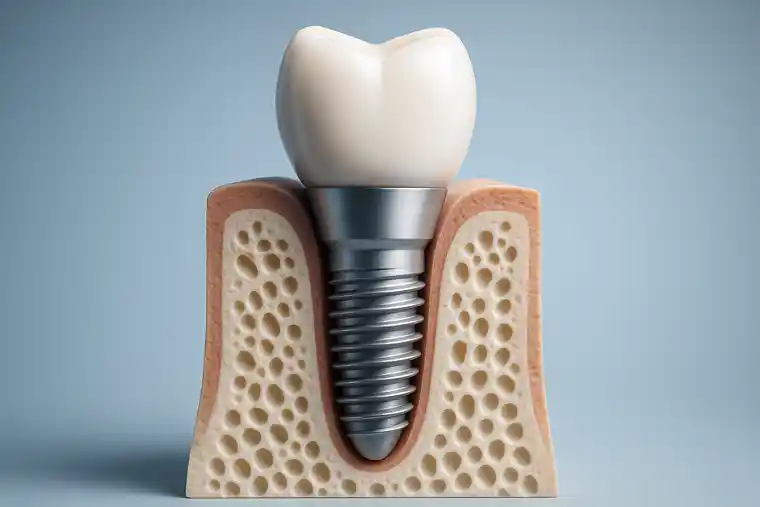
What Patients Should Expect During Recovery and Healing
Healing from the bone treatment is not instantaneous. New bone formation unfamiliar to the body is required, and depending on the patient, this can take a few months or may take a lot longer.
You may experience slight discomfort or swelling in this period; this is normal. Your dentist will prescribe some post-surgery treatment, which is simple but effective.
From simple care to checkups, your dentist will guide you through the entire healing process.
However, patience is very important. The stronger the bone heals, the longer your implant will last. This means you should avoid strenuous tasks and activities during the healing process.
Risks and Considerations of Bone Deficiency Treatment
Like any medical treatment, there are some risks. Bone grafts or sinus lifts may not always bond perfectly. Sometimes the body heals slower than expected. In rare cases, infection may occur.
That said, with the right team and proper care, the success rate is very high. The key is following advice, keeping the mouth clean, and attending follow-up visits. Patients who do this usually enjoy strong and long-lasting results.
The Long-Term Benefits of Managing Bone Deficiency
Fixing bone deficiency before implants pays off for life. Once the bone is rebuilt, implants can be placed securely. They last longer, look more natural, and feel just like real teeth. More importantly, strong bone keeps your face shape youthful and prevents that sunken look that comes with missing teeth.
Manage Bone Deficiency the Right Way in Istanbul, Turkey
Treatment of bone deficiency is one delicate process that requires sufficient skill and experience. Fixing your bone deficiency contributes to your mouth health and strength after all. A botched procedure can lead to infection or worse.
That’s why you should always consult an experienced dentist before undergoing the process. Apart from that, you should get the surgery done in a tested and trusted place.
In Istanbul, Turkey, there’s a spa-like clinic called DentSpa. Most people prefer to fly down to the dental clinic from countries in Europe, America, and all over. This may be because they’re the Best Dental Clinic in Europe. Their Ph.D specialists have helped more than 50,000 people with their dental problems, and no doubt, they can help you handle bone deficiency, too.
Book a consultation with DentSpa today.
For those who are inspired by this MedClinics blog, remember that your path to a new smile is just a phone call away. Anyone interested in finding out more should contact MedClinics. There you will be in the best hands.
Get a free consultation and a no-obligation quote now!
Stay Updated
Follow our blog for the latest in medical and aesthetic treatments, tips for maintaining healthy teeth, and inspiring patient success stories.

FAQ’s regarding Bone Deficiency Treatment
Can I still get dental implants if my jawbone has thinned?
Yes – thinning of the jawbone doesn’t automatically rule out implants. With proper planning and preparatory techniques like bone grafts or sinus lifts, implants can often still be placed. A 3D scan will reveal what’s possible.
How do dentists actually rebuild lost bone before putting in an implant?
If the bones in your jaw are too weak to support an implant, this can be compensated for with bone grafting.Bone is taken from another part of your body and inserted into your jaw. Often, the bone dust produced when the dentist drills the site for the implant is sufficient. Small pieces of bone can also be taken from the hip or chin. Over time, the transplanted bone grows into your own bone. The treating physician decides which technique to use.
How long before I can place an implant after a bone graft?
It depends on how extensive the graft is. In many cases, you wait about 3 to 6 months for the graft to integrate and become stable enough to support an implant. Smaller grafts sometimes allow simultaneous implant placement.
Does getting a bone graft hurt a lot afterward?
Most people say the discomfort is mild — think soreness, swelling, maybe a dull ache. With good anesthesia during surgery and the right pain meds afterward, it’s usually manageable. It’s not painless, but many compare it to standard dental surgery.
What are the possible problems with bone grafts or sinus lifts?
Though they’re uncommon, problems can happen. Sometimes a graft doesn’t “take” fully, or the area gets infected. In upper jaw procedures, there’s also a chance of affecting the sinus membrane. That’s why clean technique, experience, and aftercare are crucial to reduce risks.
Get your free consultation
- Need guidance and reassurance?
- Talk to a real person from MedClinics!
- Let's find the perfect doctor together.


